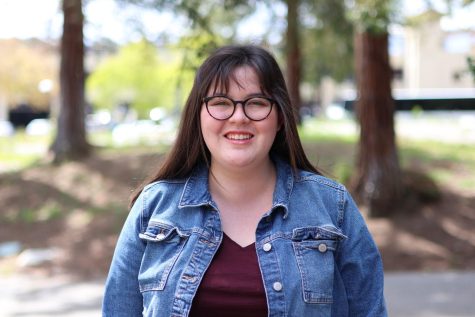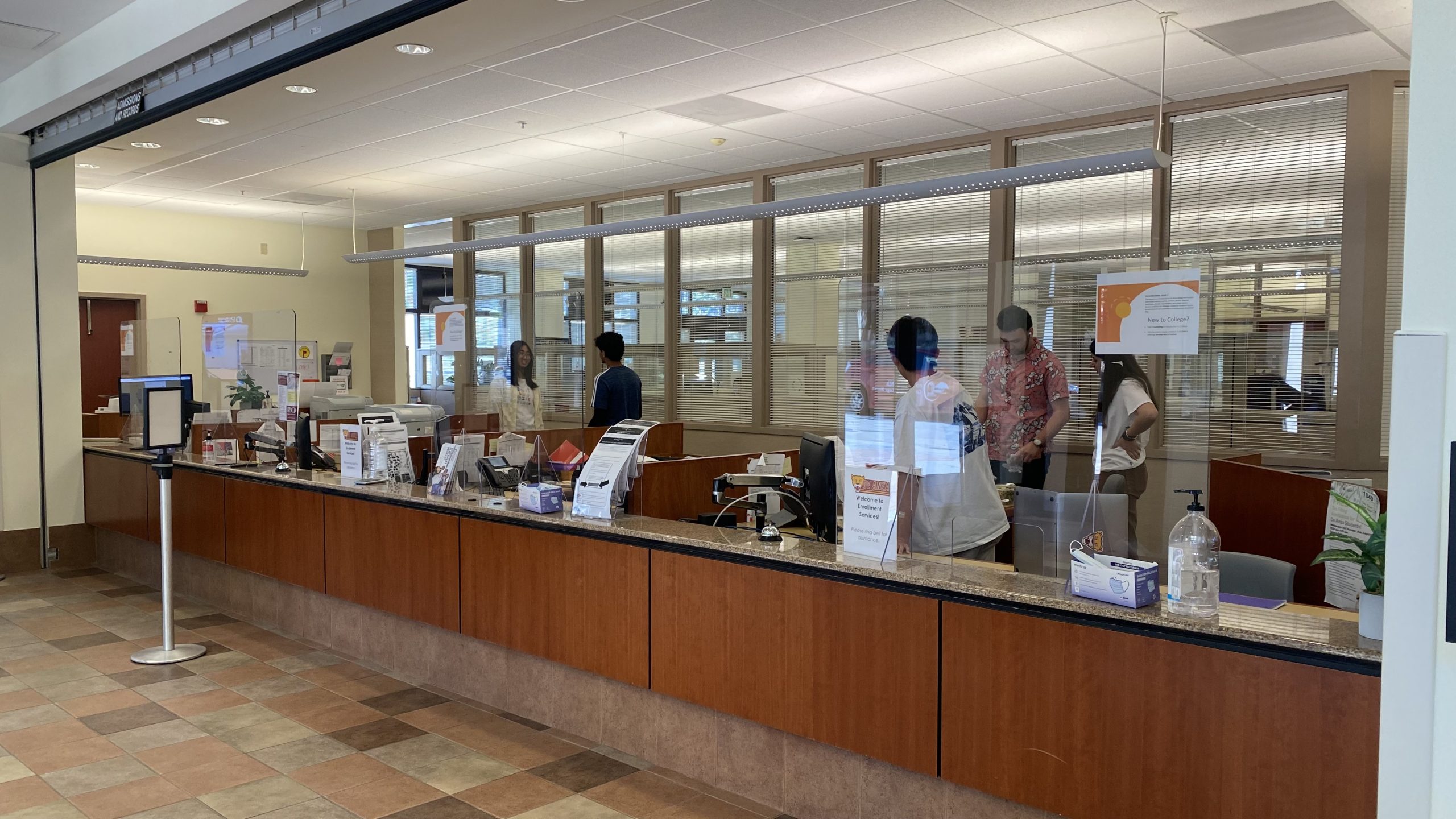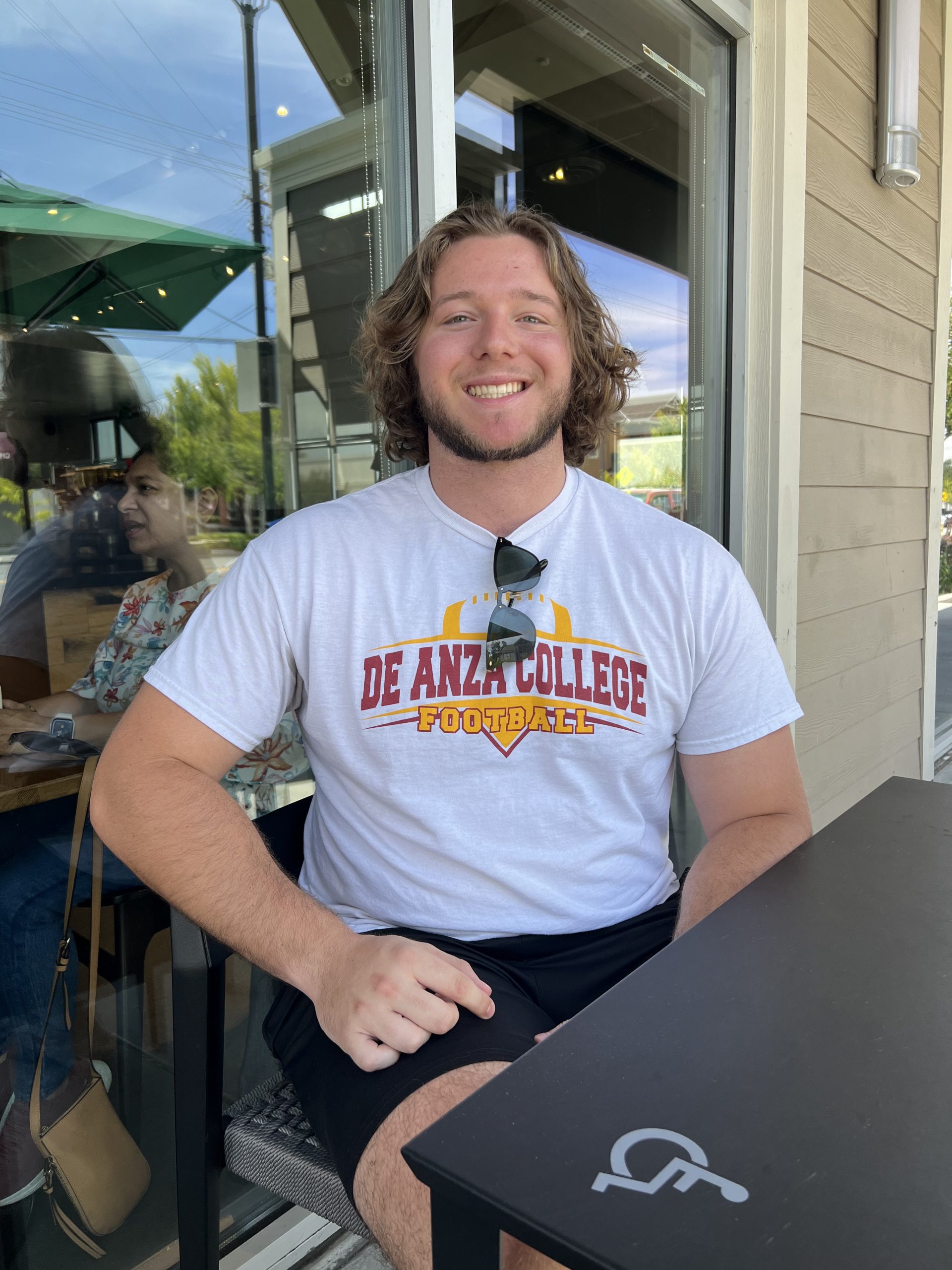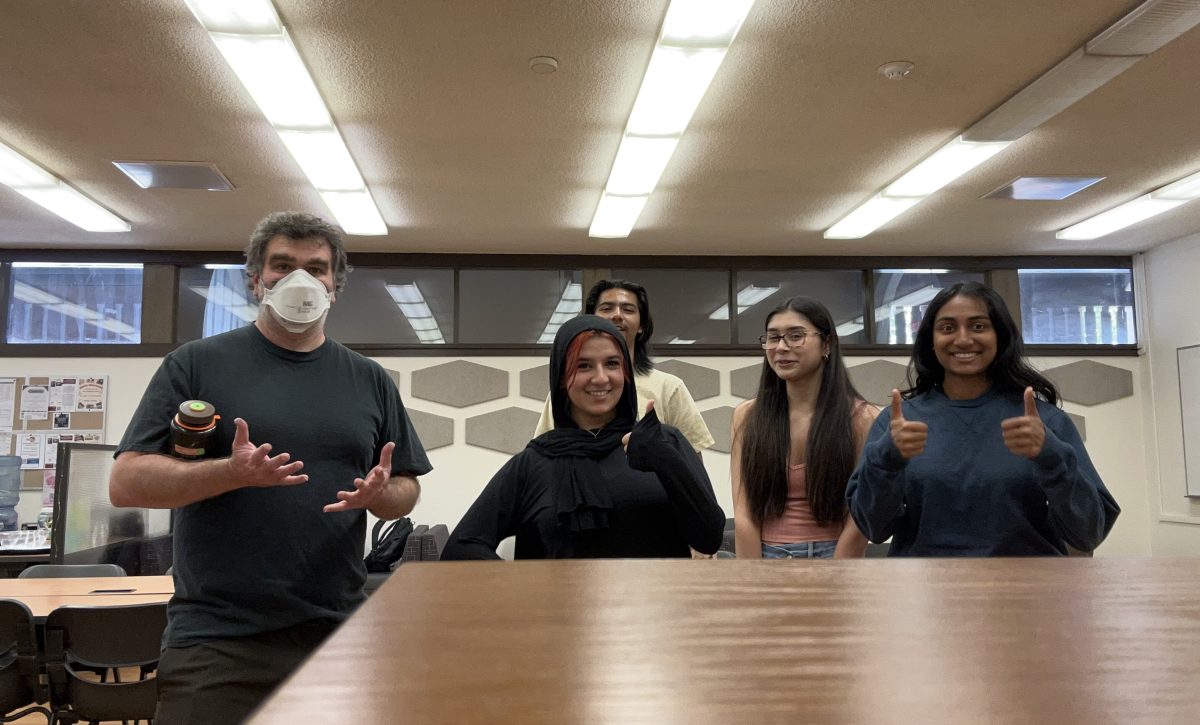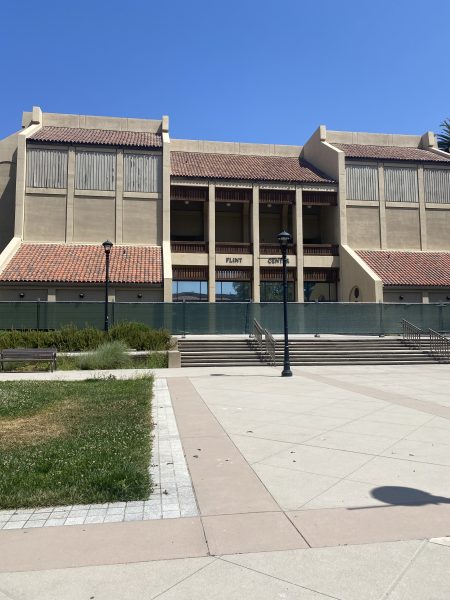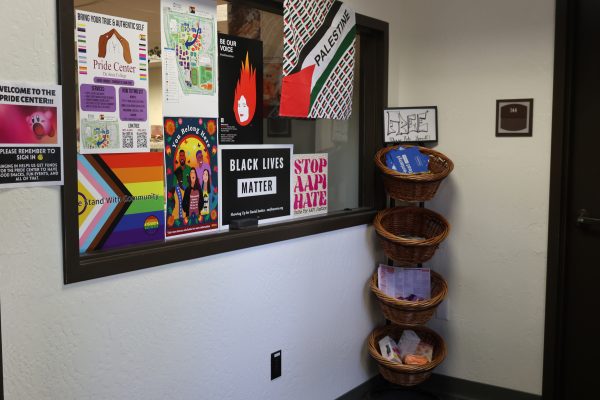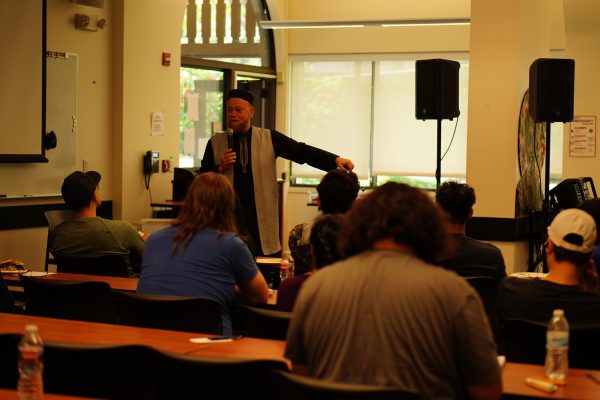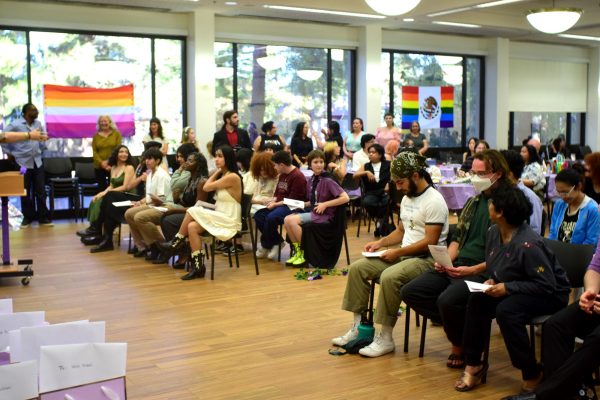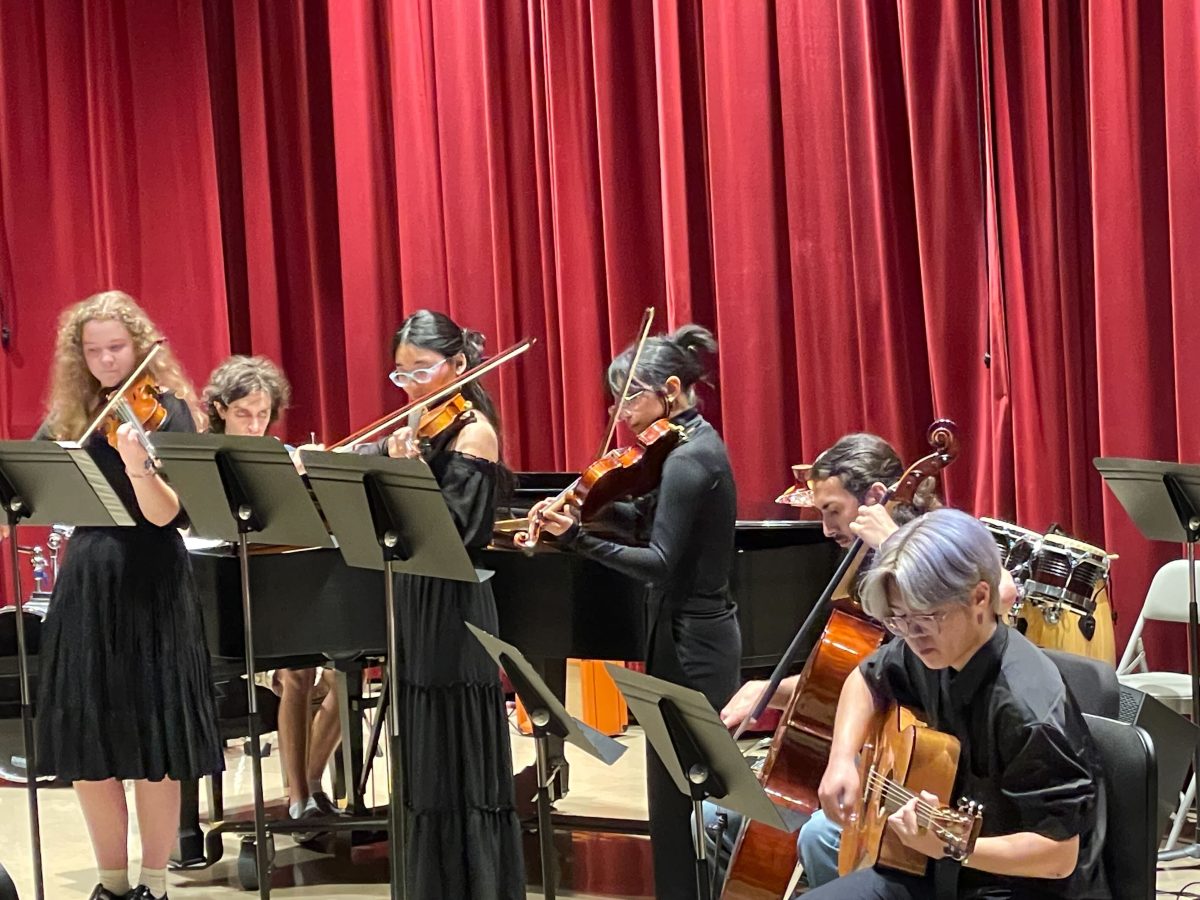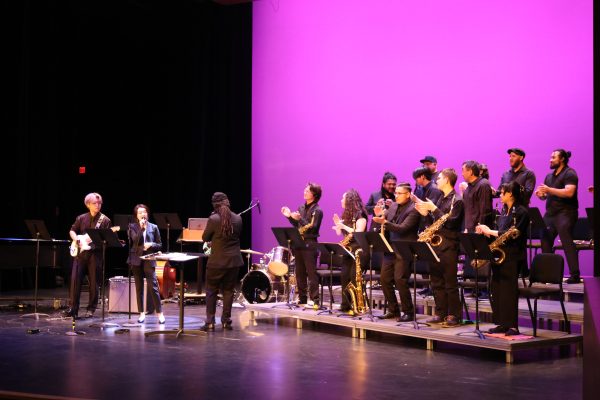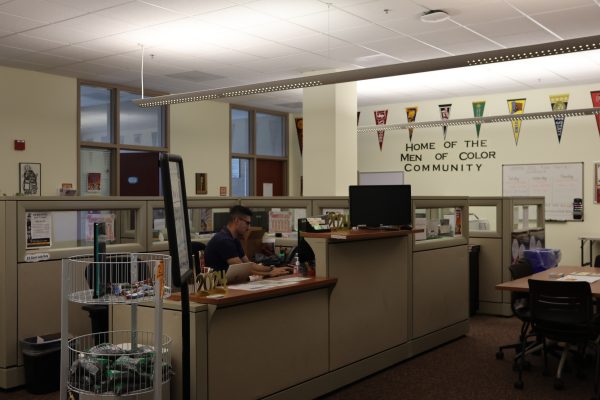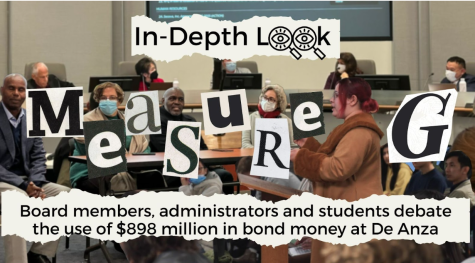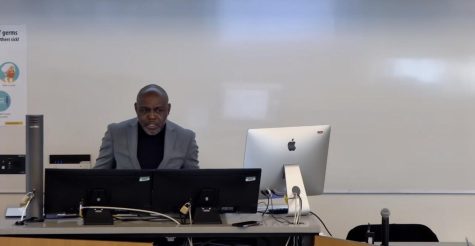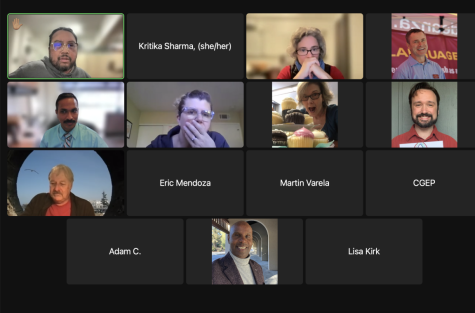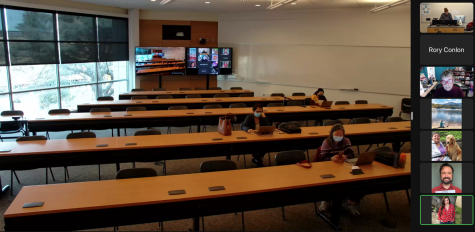A deep dive into the current state of shared governance
The Academic Senate meeting on Oct. 10 in a hybrid format to discuss how to move forward on shared governance at De Anza.
October 19, 2022
Crucial decisions regarding staffing and budget allocation hang in the balance pending an upcoming retreat on Oct. 21 to discuss the future of shared governance at De Anza College.
During an Oct. 10 meeting, the Academic Senate, a campus group predominantly composed of De Anza faculty, refused to select three new faculty representatives for the Planning and Budget Teams, or PBTs, located on the De Anza campus. The senate also encouraged the remaining members on the PBTs to boycott until De Anza President Lloyd Holmes met with the College Council to iron out a new model for governance on campus.
“I have to stand by my senate,” said Cheryl Jaeger Balm, the president of the Academic Senate and co-chair of the College Council. “Most of all the people who reported back from their divisions, other than a single one, felt that we should boycott and make them take the [new] proposal seriously.”

De Anza is currently governed by three PBTs that specialize in instruction, student services and administrative planning and budgeting. Advice and recommendations from these teams are forwarded to the College Council. The council reports directly to Holmes, who then makes the final decisions.
Recently however, the governance structure has come under fire by De Anza faculty and students for its lack of accessibility, transparency and inclusion. In June 2020, a majority of the faculty signed off on an open letter to senior administration calling for change amid a “dip” in campus-wide morale.
“There has been no attempt by our college leadership to acknowledge the widespread disaffection of the majority of the campus and to dig into the roots of these sentiments,” the authors stated. “Why is this the case? Where is the leadership of our senior staff on this subject?”
Holmes, who took office a month after the letter was published, inherited the task of designing a more effective governance structure that brought in more voices.
To achieve this, the College Council formed the Shared Governance Task Force. Tim Shively, a member of the Shared Governance Task Force and president of the Faculty Association, said that work on a new governance model started between May and June 2021. The model underwent several revisions before it was presented to the College Council in March.
“We held a town hall that some senior administration attended,” Shively said. “There were even faculty members at that town hall that spoke out against our model, but we tried to incorporate all feedback.”
The most significant proposal is the formation of a Program Allocation Committee, or PAC, to replace the PBTs. The PAC, Shively explained, aims to even out the number of representatives for administration, staff, faculty and student groups. It also invites members from on-campus groups that have been previously excluded from shared governance.
“In terms of being more equitable, we wanted to bring in unions, affinity groups, the Academic Senate, the Classified Senate, DASG and bargaining units,” Shively said. “That got the biggest pushback from President Holmes – he said he didn’t want representation from affinity groups, but the idea is that all constituents should have a voice.”
In March, two-thirds of the College Council voted in favor of recommending the new shared governance model to Holmes, who later expressed reservations about the proposal.
The month after, the Academic Senate issued a resolution to Holmes urging him to adopt the shared governance model. Balm said the Academic Senate wanted to “formally endorse” it.
“There was a while where it wasn’t really clear if he was going to take the recommendation or not,” Balm said. “We just really wanted to say that we’re behind this and we want you to adopt it and we want you to do it quickly.”
Holmes released a response that same day explaining concerns he had regarding the proposal. He also discussed shared governance with the College Council during meetings in April, May and June.
A retreat was originally scheduled for July to further discuss these matters, but it fell through because of several factors – such as an outside facilitator for the discussion dropping out. It has now been seven months since the proposal was first presented to Holmes.
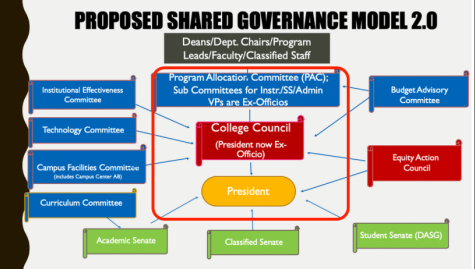
Holmes said he is now “willing to accept” the PAC but still has concerns regarding the roles and responsibilities of its membership.
“The plan from the recommendation was to get rid of the PBTs and then have subcommittees in the Program Allocation Committee do the same thing that the PBTS are doing,” Holmes said. “That’s my understanding, and nobody has been able to clear that up for me yet. If those subcommittees are going to do the same work as the PBTs, how are we going to create those subcommittees to make certain that they’re operating in a fashion that’s not the same as the PBTs?”
However, Holmes said he has sought to implement other parts of the proposal he agreed with in the meantime, including the budget advisory committee that was called for. Holmes also objected to claims that he had not acted in a timely manner, pointing to the proposed training for new governance members as another issue to resolve.
“We said that all those shared governance bodies should provide training for their members,” Holmes said. “If nothing has happened [since the proposal], then a part of that responsibility is on those governance groups for developing the training and training new members of their groups.”
Shively questioned Holmes’ creation and training of the budget advisory committee. He explained that the members received one training session before being asked to vote on an important issue: the reallocation of Supplemental Retirement Program positions. Shively emphasized the importance of increasing transparency and training a range of groups to make recommendations on budget allocation.
“We need expertise from multiple constituents, and we need the decision made by the whole committee, with all eyes on the money available,” Shively said. “We thought that the PAC would be a more synergistic approach, but I think the group of administrators already thinks they are ‘synergistic’ enough on their own.”
Though the College Council is not set to decide on their group objectives until the day of the retreat, Balm said she feels “hopeful.”
“My own hope for the outcome is that we have a membership that everyone has agreed upon for the PAC and a timeline to adopt the PAC,” Balm said. “I really hope that the timeline is adopted and implemented by Jan. 1.”
Holmes also expressed hopes they could come to an agreement.
“My hope is that we come into the room saying that we want to make certain that shared governance works well at the institution, and that we don’t come into the room saying, ‘Oh, it’s the president versus us,’” Holmes said. “It’s not. We certainly have to look at the surveys that I asked that we do prior to this whole task force thing starting. One of the primary issues that became back and forth was communication.”




